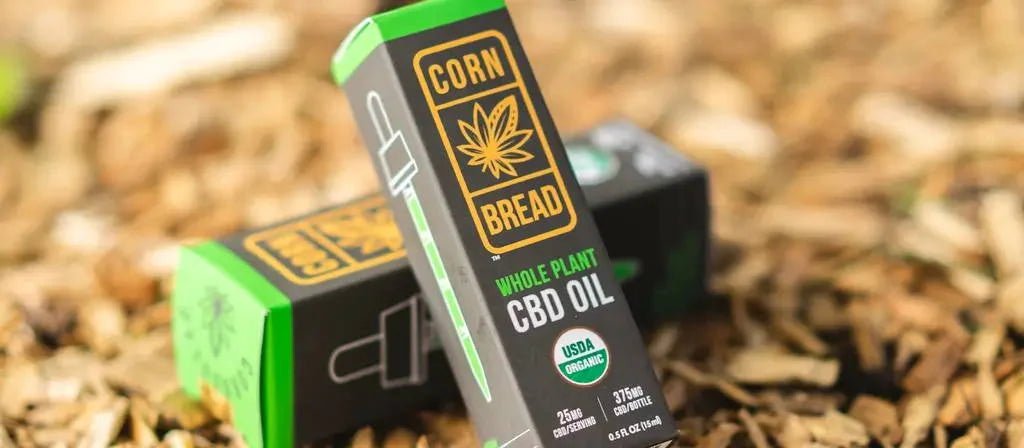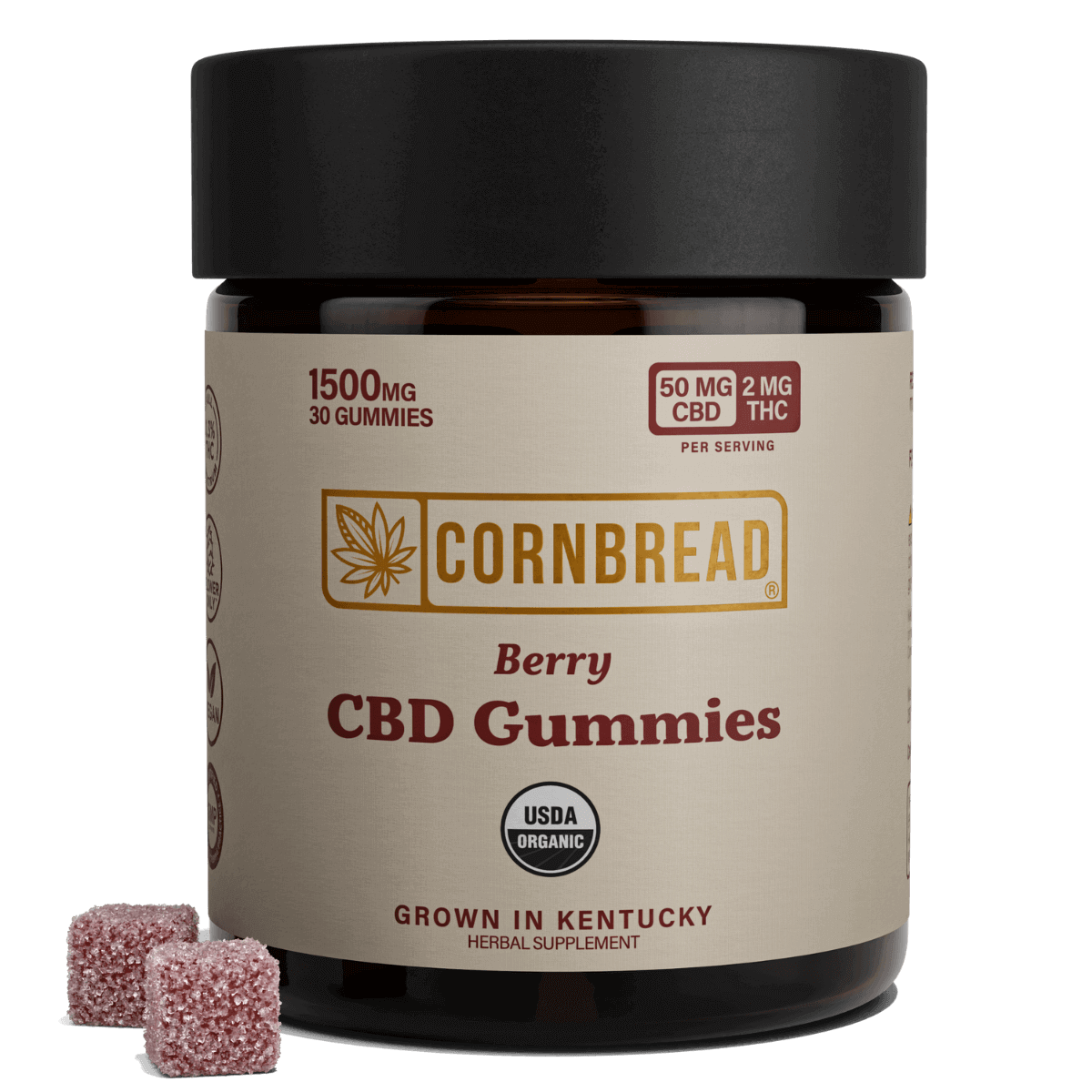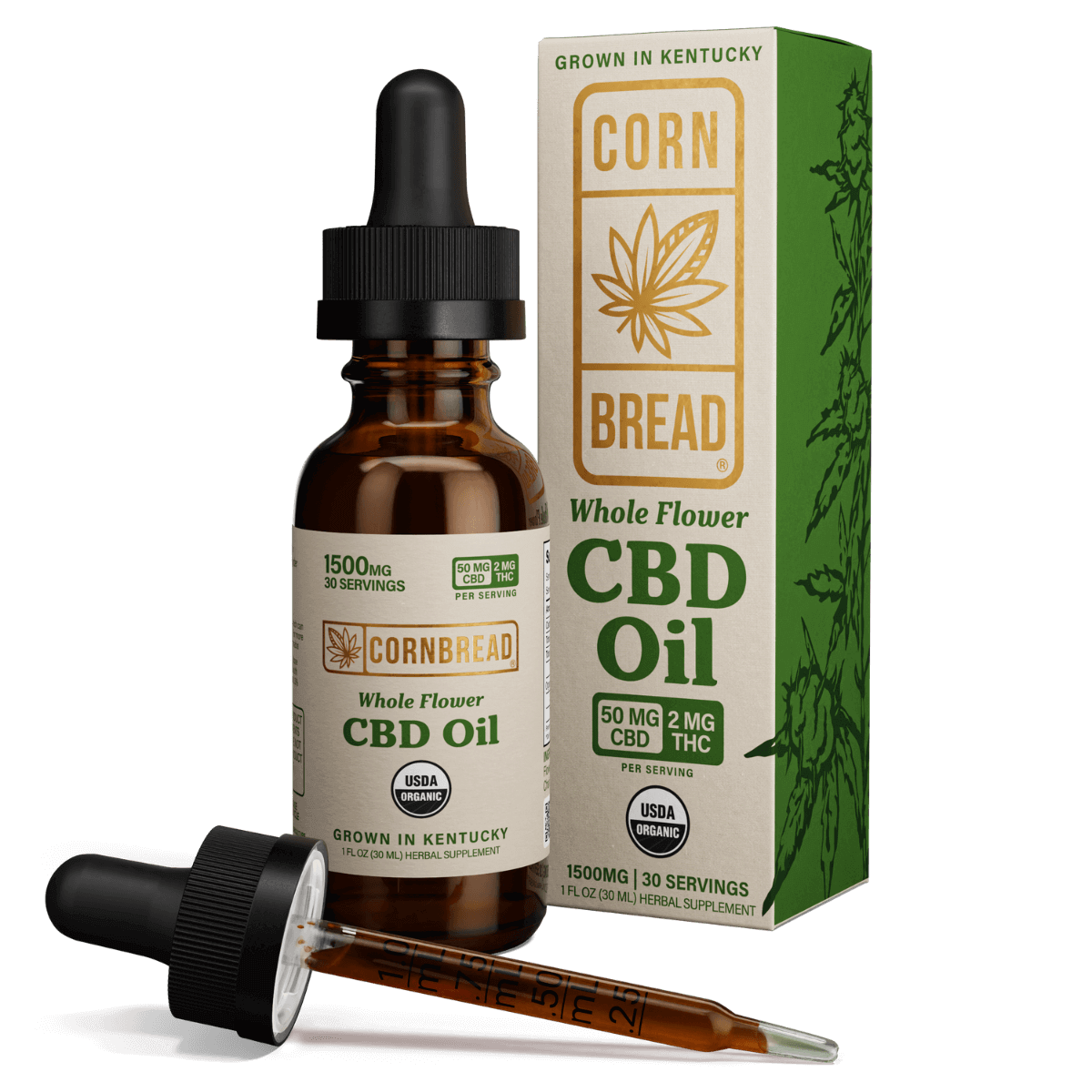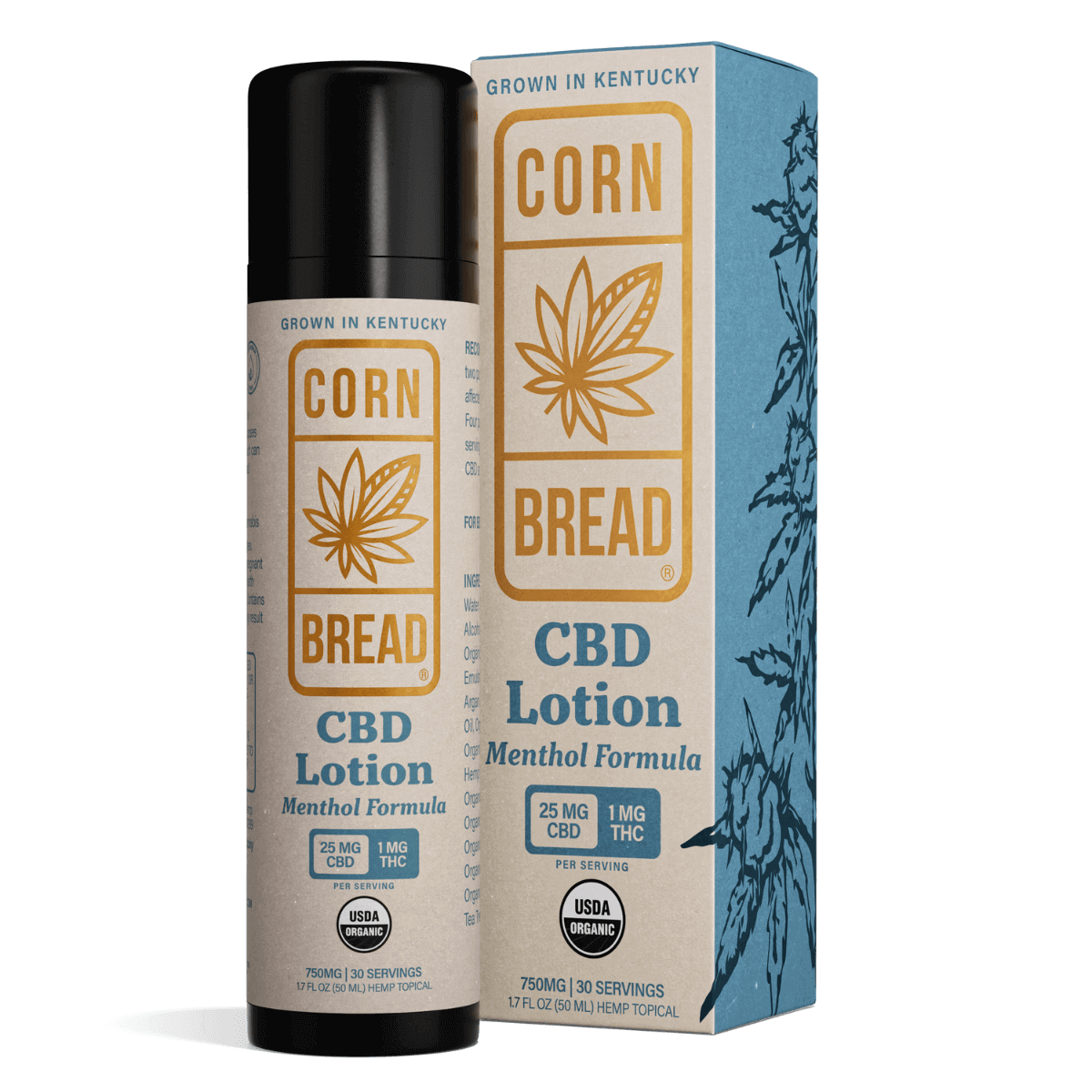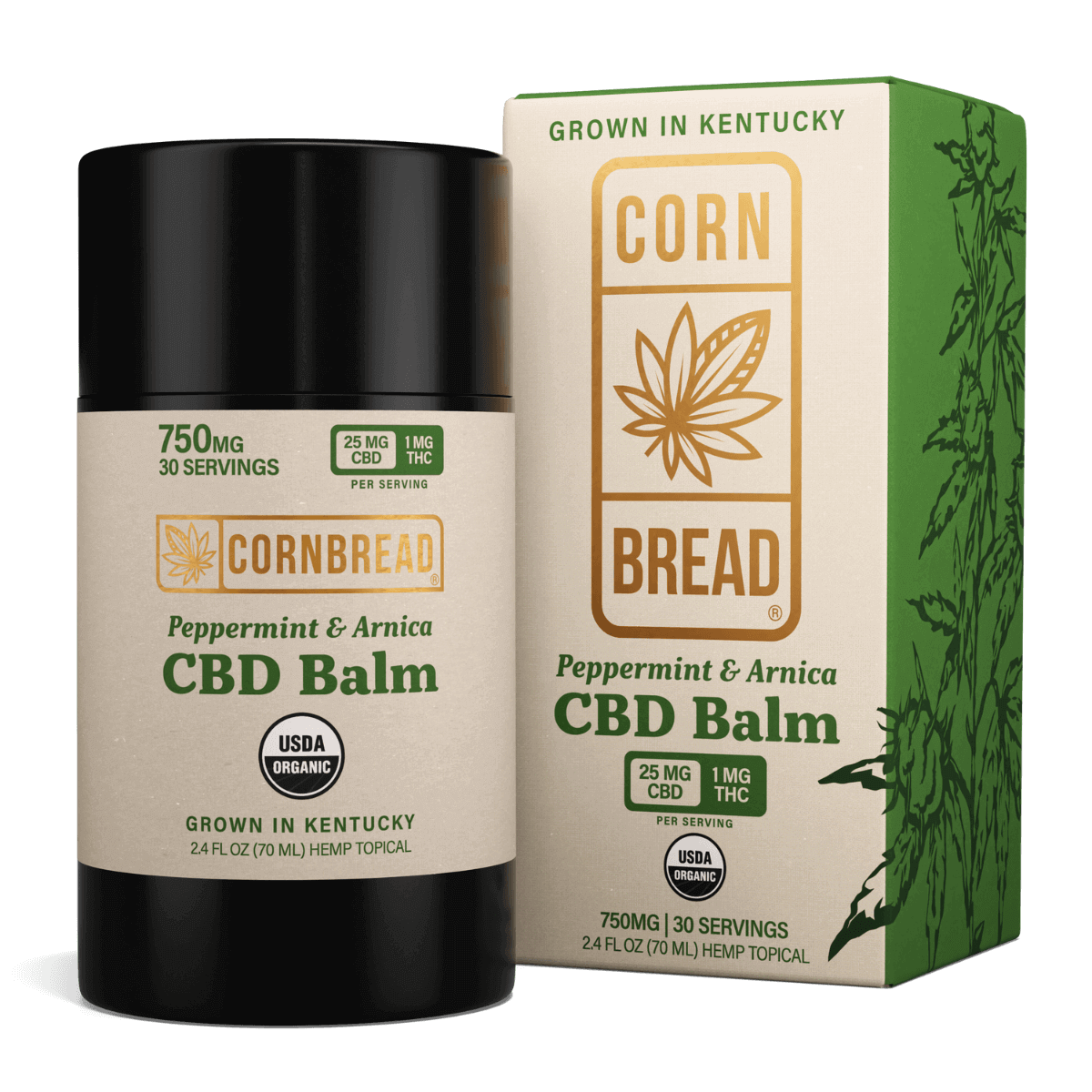Table of Contents
- CBD COA: HOW TO READ IT
- QR CODES AND CBD LAB REPORTS
- CERTIFICATE OF ANALYSIS
- LEARNING TO READ A CERTIFICATE OF ANALYSIS
- CANNABINOID TEST RESULTS FOR TOTAL THC
- CANNABINOID TEST RESULTS FOR TOTAL CBD CONTENT
- TEST RESULTS CONFIRMING THE FULL SPECTRUM
- TESTING CBD OIL FOR SAFETY
- LAB TESTS FOR PESTICIDES
- LAB TESTS FOR RESIDUAL SOLVENTS
- LAB TESTS FOR MYCOTOXINS
- LAB TESTS FOR HEAVY METALS
- MICROBIAL CONTAMINANTS: BACTERIA, MOLD, AND FUNGUS
- CONCLUSIONS ON THE CERTIFICATE OF ANALYSIS
CBD COA: How to Read It
Learn to read the most important data in CBD by understanding the certificate of analysis, or COA. The COA has become the most important document in the CBD industry. These lab reports can tell you whether a CBD product is authentic and whether it is safe. But only if you know how to read it.
Knowing how to read a COA is critically important because the CBD marketplace is flooded with sketchy products. It’s painful to say, but important to know. Even some of the name brands you recognize don’t tell consumers everything they should about what’s in their hemp extract products.
Why would CBD companies but their customers at risk? Because there’s no law against it. The Food and Drug Administration has yet to issue regulations of hemp-derived CBD products. And they don’t seem to be in a hurry to do so. This makes for a “Wild West” element where anything goes. That’s the bad news.
The good news is that quality brands like Cornbread Hemp rise to the occasion and conduct a panel of tests that ensuring the safety of CBD products. These tests are important because CBD oil is a concentrate, so any contaminants will become concentrated, too. That’s not good.
While COA’s, or lab tests, are important, it’s equally important that they are conducted by a third-party laboratory to ensure impartial results. And, the lab should be ISO certified ensure accuracy and professionalism.
QR Codes and CBD Lab Reports
Reputable CBD brands provide easy access to COA’s for every batch of product with a QR code on every label. Any brand that issues in-house COA’s can’t be trusted because equipment can be tweaked to produce almost any result.
That’s why Cornbread Hemp leads the new industry standard for CBD safety with QR codes on every CBD product. Our QR codes link to third-party lab test results. Any consumer can read the QR code with their smartphone’s camera app, which takes them to Cornbread Hemp’s lab reports.
But with COA on their smartphone screen, that consumer faces another problem: how to read the lab report. These COA’s can be confusing. There are basically two kinds of tests: potency and safety, which we will explain down below.
Certificate of Analysis
Cornbread Hemp partnered with Kaycha Labs, a multi-state lab company with a location here in Kentucky.
We annotated our most recent COA from Kaycha Labs from May 2020 of the Whole Flower Formula of our 1500 mg USDA certified organic CBD oil to show. This way, you can learn how to read our COA, and the COA of our competitors as you comparison shop based on safety and professionalism. When we see a problem in our tests, we track it down.
Learning to Read a Certificate of Analysis
Every lab produces COA’s in different formats, so comparing them can be a challenge. Kaycha Labs makes their COA very easy to read with clear indications of whether a product has PASSED or FAILED its analysis, as you can see below in green.

Cannabinoid Test Results for Total THC
Is your CBD product legal? That’s the first and most important question of any CBD product. And that’s why it’s the first number on the first page of the COA. For a CBD product to be legal, the total THC content must be not more than 0.3 percent.
You can see below that the THC level of this Cornbread Hemp sample is 0.234 percent, well within legal limits. It's not enough to get you high, but might be enough to cause you to fail a drug test.

Cannabinoid Test Results for Total CBD Content
Is your CBD product as potent as it claims? Does the milligrams of CBD on the label match the COA? Once you’ve determined the THC level is legal, the next thing to look for is CBD content. This requires a little math and metric unit conversions.
You can see from the CBD result that this product contains 52.600 mg of CBD per gram. One gram is the same as one ML, which is the size of one full dropper of Cornbread Hemp. So this result confirms that our product contains 50 mg per serving, or actually — just a little bit over.

Test Results Confirming the Full Spectrum
Is your CBD product full spectrum or made from inferior CBD isolate? Only this cannabinoid test can tell for sure. At Cornbread Hemp, we pride ourselves as providing only full spectrum products that produce the most beneficial results with our endocannabinoid system.
You can see from this COA that we have detectible levels of CBD, which is short for cannabidiol, as well as CBDA, CBN, CBDV, CBC, CBG, and a legal amount of delta-9 THC.

Testing CBD Oil for Safety
Many CBD brands only test for cannabinoid potency to assure the THC level is within legal limits. As of June 2020, that’s the only test required by federal law and regulations. But that’s not nearly good enough.
CBD products can be contaminated with a wide range of toxins. Without testing for every single one, that CBD brand is not worth the trust of consumers like you.
Lab Tests for Pesticides
Pesticides in hemp products are a real threat. The EPA has approved 10 pesticides to use on the 2020 hemp crop. And a recent lawsuit alleges that a hemp farmer sold biomass to a processor that was contaminated with two different pesticides.
This Cornbread Hemp product is USDA certified organic, which means it must be free from all pesticides. But it’s not good enough for us to just be certified organic. We ask Kaycha Labs to run tests on more than 60 different pesticides. The “ND” in the results

Lab Tests for Residual Solvents
Some CBD processors use harsh solvents like butane or hexane in their extraction process. If done incorrectly, some of these solvents can linger in the final product. We screen for more than 20 potential solvents.
Cornbread Hemp’s USDA certified organic products are extracted using organic sugarcane ethanol. We test to ensure no ethanol makes it into the final product. You can see the “ND” in the ethanol test on the last line of the residual solvents test.

Lab Tests for Mycotoxins
Mycotoxins come from contamination by fungus. No one wants that. We test for four different aflatoxins and Ochratoxin A. Nothing harmful detected here.

Lab Tests for Heavy Metals
As much as 70 percent of CBD products in America are made from hemp grown in China. Chinese hemp is grown in two regions with recent histories of heavy metal pollution. For that reason alone, every CBD product should be tested for heavy metals.
The hemp plant has a natural ability to remove impurities from the soil through a process called bio-accumulation. But you don’t want hemp contaminated with heavy metals in your CBD products. We test for arsenic, cadmium, lead, and mercury. All “ND,” which means it’s clean.
Microbial Contaminants: Bacteria, Mold, and Fungus
Some untrustworthy CBD brands must make their products in a barn next to cows. Because enough CBD products test positive for salmonella, E. Coli, or other bacteria that every reputable brand must test for these to ensure they are safe. We test our products for salmonella, E. Coli, and four types of aspergillus, which is mold.
Conclusions on the Certificate of Analysis
At Cornbread Hemp, safety and quality are just as important to us as potency. These CBD lab tests prove it. With these third-party lab tests to back up our product's USDA organic certification, you can guarantee










 Log in
Log in














